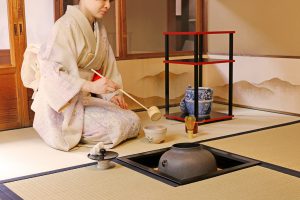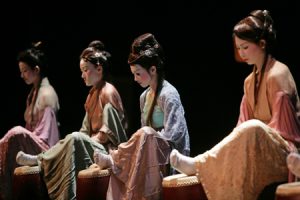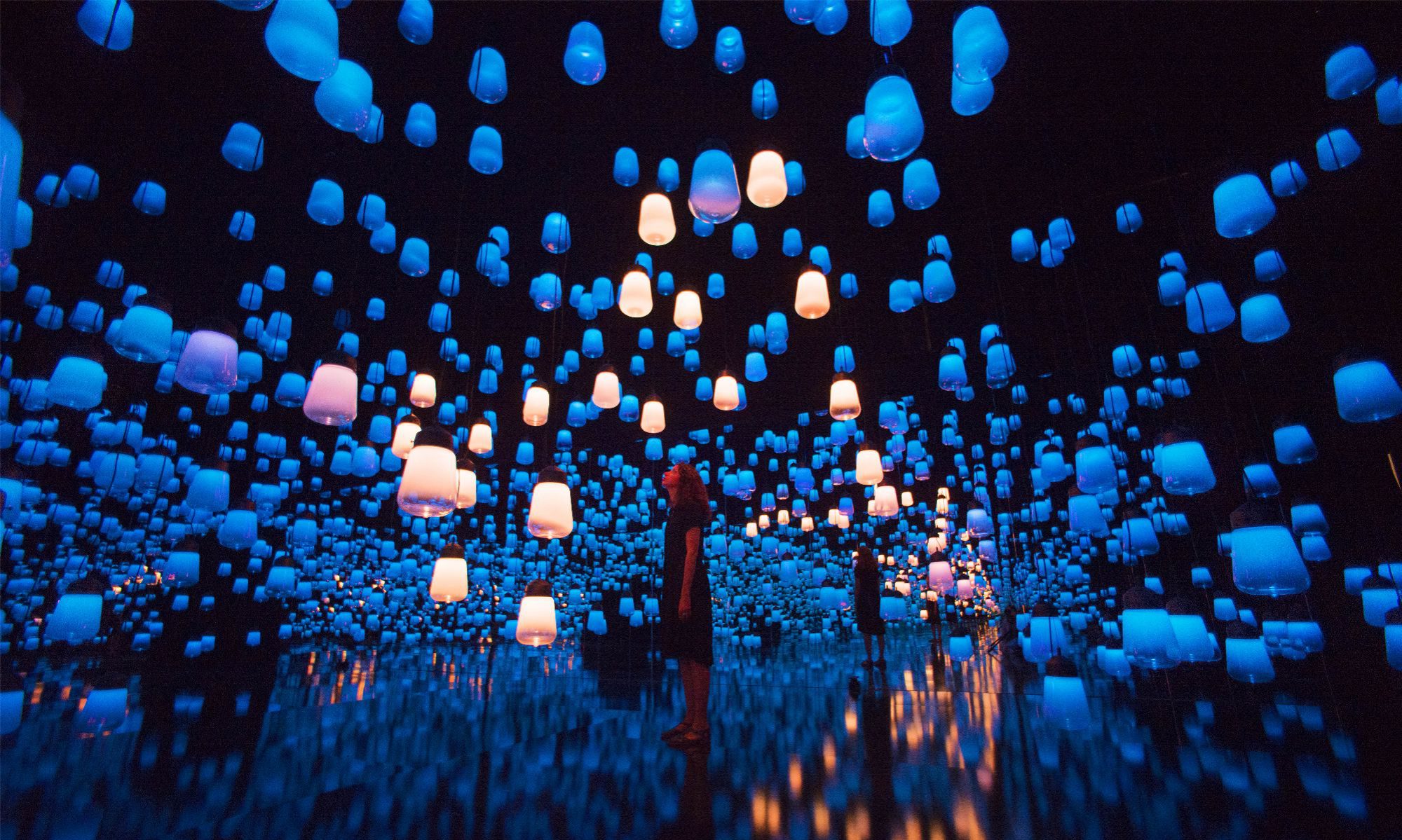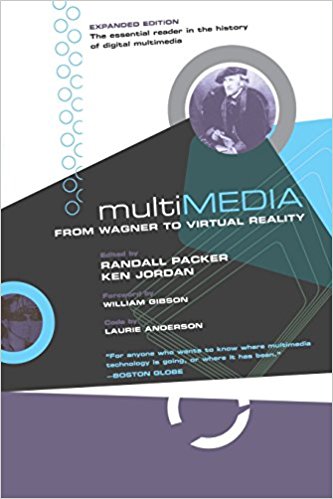In the overture of the book, Multimedia: From Wagner to Virtual Reality, 2001, the authors presented that multimedia experience dates way back, to as early as 15000 BCE of the cave paintings of Lascaux. And the theory of multimedia has been established in 1849 by Wagner as “Gesamtkunstwerk”, or “Total Artwork”.
My initial encounter with the word “multimedia” is in the 90s during my primary school years in China. There was a special venue where English listening class are taught, called “Multimedia Classroom”. In this room, there are screens for video projection and every student are given headsets to listen to English recordings at their own pace. There are the visual, sound, and even interactive component in this initial encounter I had with multimedia, which to certain extent in turn also defined multimedia in my mind as means dealing with technological media.

The concept of Wagner’s artistic synthesis theory has really broadened my understanding to consider this art genre from a much pluralistic and unbiased point of view. I then start to notice many art experiences that qualify as multimedia but I have overlooked at. For example, the Japanese tea ceremony which values the overall experience of preparing and appreciating green tea, and Yuefu, a term for the music and dance ensemble that presents poems and folk songs in the Han Dynasty in China. These unification of more than one genre of works of art and engaging multi-sensory experience coincide perfectly with Wagner’s theory.


The recent decades have seen more interdisciplinary collaborations, especially artists seeking help from engineers to realise their work. The projects done by E.A.T in the past 40 years provide many great examples. Another phenomenon is the establishment of many artist collectives that consists of members from all disciplines, like the many engineers, designers and artists for collectives like Dumb Type in the 70s, and today’s Art+Com, Random International, teamLab etc.
I believe the future of multimedia is going to focus more on human beings as a subject matter. Here are two interesting works by Random International and teamLab. Enjoy!


I also remember clearly about the Multimedia Classroom where is the place that I thought I can play the computer in my childhood. It is impressive and really broaden my understanding that you think the Japanese tea ceremony and the Chinese Yuefu as a genre of multimedia which follows the concept of Wagner’s artistic synthesis but happens before it. And last, thank you for your sharing :D
Thank you Vanessa for sharing your evolution of multimedia history from the classroom to examples of the Japanese tea ceremony, etc. Yes, that is my intent as we begin this class to expand our thinking well beyond computing into the realm of the synthesis of artistic forms and multi-sensory experience. Your comment about how human beings will be more at the center of the mediated experience has already blossomed through networked technology in particular, in which communication and social interaction constitute the primary subject matter. We will be discussing this idea extensively throughout the semester.
It seems especially recently that the term multimedia has become heavily tied to technology. Perhaps its because only of late that “multimedia” has grown to see it’s full potential with the aid of technology. Interdisciplinary works have been around for a really long time and may be great early examples of multimedia but as with all things in the art and technology space, definitions are constantly being challenged and updated. Human centric design really seems to be the best way forward in terms of creating future multimedia experiences.